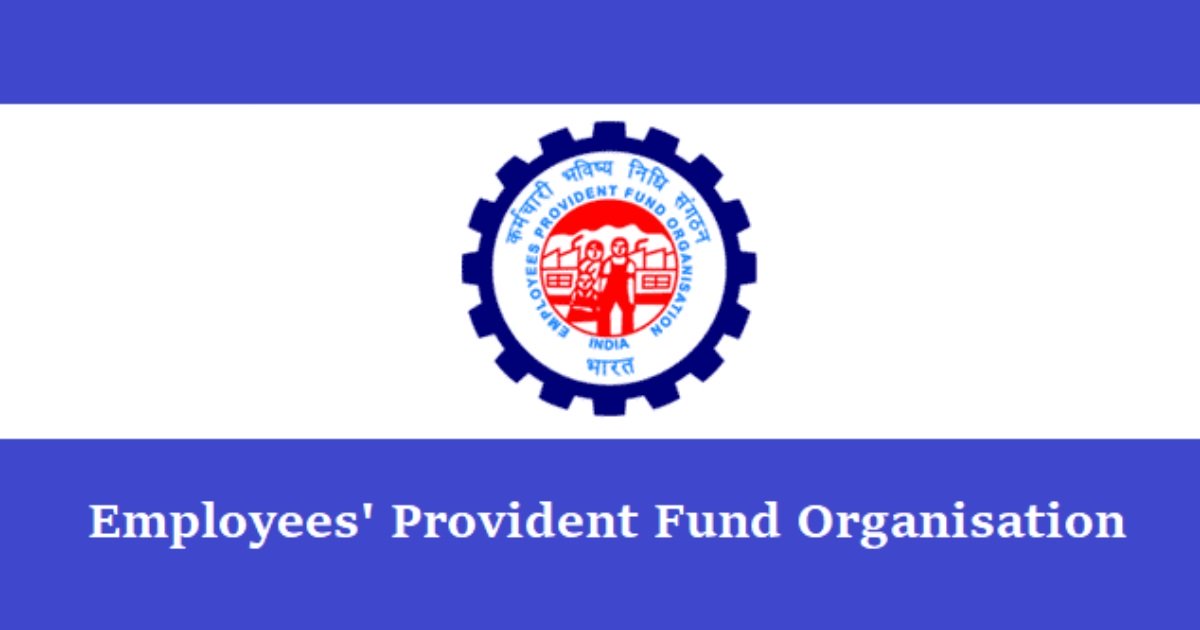View News
UNDERSTANDING-THE-EMPLOYEE-PROVIDENT-FUND-EPF-IN-INDIA

UNDERSTANDING THE EMPLOYEE PROVIDENT FUND (EPF) IN INDIA: REGULATIONS, SCHEMES, AND RECENT TAX CHANGES
INTRODUCTION:
The Employee Provident Fund (EPF) is a crucial retirement savings scheme for salaried employees in India, backed by the government and administered by the Employees Provident Fund Organization (EPFO). Enacted in 1952, the EPF scheme aims to create a non-withdrawable fund to secure the future of industrial workers, providing benefits to employees and their dependents. This article explores the applicability, features, schemes, taxability, and recent tax changes associated with the EPF.
APPLICABILITY AND FEATURES OF EPF:
The EPF Act, with its 20 sections and 4 schedules, is applicable to every factory engaged in specified industries. Establishments employing 20 or more workers fall under the act, excluding casual or temporary workers. Home workers are not excluded. The Act aims to create a provident fund for the better future of workers and their dependents.
Employers have a statutory duty to deduct a certain percentage of the employee's salary for the provident fund, with a corresponding contribution from the employer. Employees with a salary exceeding INR 15,000 are entitled to the provident fund.
NON-APPLICABILITY OF THE ACT:
The Act does not apply to registered establishments under the Cooperative Society Act, 1912. State-related cooperative societies with fewer than 50 employees, working without power, are exempt, subject to specific conditions. The Central Government has the authority to exempt establishments based on their financial position.
ELIGIBILITY AND SCHEMES UNDER EPF:
Employees, including those employed through contractors, are eligible for EPF benefits. The EPF encompasses various schemes, including the Employees Provident Fund Scheme of 1952, the Employees Deposit Linked Insurance Scheme of 1976, and the Employee's Family Pension Scheme of 1995. These schemes provide life insurance, family pension, and other benefits.
TAXABILITY OF PF:
PF contributions are deductible under Section 80C of the Income Tax Act. Withdrawals after retirement are not taxable. However, recent changes in tax rules impact EPF contributions, interest accrual, and withdrawals.
TYPES OF PROVIDENT FUND:
1. Statutory Provident Fund (SPF):
- Governed by the Provident Fund Act, 1925.
- Applies to government and educational institute employees.
2. Public Provident Fund (PPF):
- Covered under the Public Provident Fund Act, 1968.
- Open to the public for investment with specific contribution limits and interest rates.
3. Recognized Provident Fund (RPF):
- Registered under the EPF and Miscellaneous Provisions Act, 1952.
- Mandatory for establishments with 20 or more employees.
4. Unrecognized Provident Fund (URPF):
- Employer and employee-initiated scheme.
- Subject to approval by the Commissioner of Income Tax.
PF CONTRIBUTION RATE AND BREAKUP:
Both employer and employee contribute 12% of the basic pay, dearness allowance, and retaining allowance to the EPF. The employer's contribution is divided into various components, including EPF, EPS, and administration charges.
UNIVERSAL ACCOUNT NUMBER (UAN):
UAN is a 12-digit unique identifier for EPF contributors, facilitating easy transfer and withdrawal of claims. It remains constant throughout an employee's career. UAN activation on the EPFO portal is required for various online services.
RECENT TAX CHANGES ON EPF:
The Indian Government, aiming to promote the National Pension Scheme and tax high-net-worth individuals, has implemented changes effective from April 2020 and April 2022.
1. Tax Rule on EPF Contributions:
- Employee's contribution remains deductible under Section 80C, but the employer's contribution exceeding INR 7.5 lakhs per year is taxable.
2. EPF Tax Rule on Accrual of Interest:
- Interest on an employee's contribution up to INR 2.5 lakhs per year is tax-free. Any interest above this limit is taxable.
3. Tax Rule on Withdrawals of EPF:
- No tax on withdrawals after 5 years of continuous service.
- For withdrawals before 5 years, employer's contribution and interest are taxable, and employee's contribution and interest may be taxable based on circumstances.
EXAMPLES ILLUSTRATING TAX IMPLICATIONS:
1. EPF Contribution:
- If an employee contributes INR 2 lakhs, the entire amount is deductible under Section 80C.
- If the employer contributes INR 8 lakhs, the excess amount over INR 7.5 lakhs is taxable.
2. Accrual of Interest:
- Interest on an employee's contribution up to INR 2.5 lakhs is tax-free. Any interest above this limit is taxable.
3. Withdrawal of EPF:
- If an employee withdraws before 5 years, the taxable portion includes the employer's contribution and interest, while the taxability of the employee's contribution depends on Section 80C benefits.
IMPACT AND BUDGET EXPECTATIONS:
Despite changes, EPF remains a favored retirement planning scheme for most taxpayers earning up to INR 20 lakhs. The changes are unlikely to affect this majority.
CONCLUSION:
Understanding the EPF, its applicability, schemes, tax implications, and recent changes is crucial for both employers and employees. While recent tax amendments aim to promote alternative savings schemes, the EPF continues to be a reliable and widely used retirement planning tool for the majority of Indian taxpayers. It is essential for individuals to be aware of these regulations to make informed financial decisions regarding their retirement savings.
Note: The information provided in this article is for educational purposes and does not constitute financial or legal advice. Individuals are encouraged to consult with financial and legal professionals for personalized advice.
“Unlock the Potential of Legal Expertise with LegallMantra.net - Your Trusted Legal Consultancy Partner”
Article Compiled by:-
Mayank Garg
(LegalMantra.net Team)
+91 9582627751
Disclaimer: Every effort has been made to avoid errors or omissions in this material in spite of this, errors may creep in. Any mistake, error or discrepancy noted may be brought to our notice which shall be taken care of in the next edition In no event the author shall be liable for any direct indirect, special or incidental damage resulting from or arising out of or in connection with the use of this information Many sources have been considered including Newspapers, Journals, Bare Acts, Case Materials , Charted Secretary, Research Papers etc

